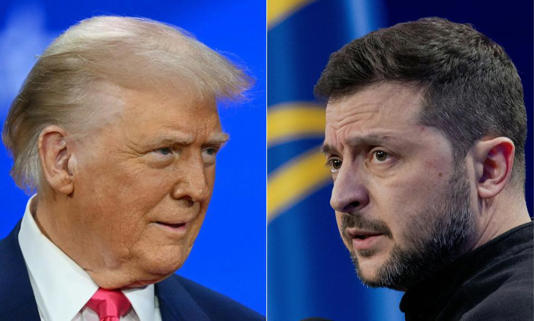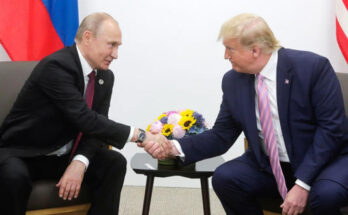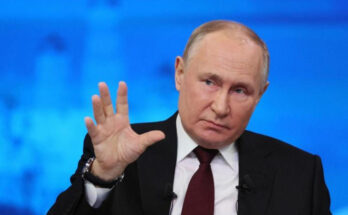Ukraine and the U.S. are nearing a historic agreement on a resource deal under more favorable terms for Kyiv. President Zelenskyy is set to visit Washington on Friday, February 28, his first visit since late September, to sign the resource deal with U.S. President Donald Trump.
The agreement, initially presented by U.S. Treasury Secretary Scott Bessent, included clauses, including a demand for $500 billion, that raised concerns in Kyiv. Reportedly, Ukrainian diplomats faced pressure from their American counterparts, who expected to sign the deal during the Munich Security Conference. Over the past few weeks, the deal has gone through several revisions, with the latest version focusing on directing 50% of the budget revenues from new mining ventures and related infrastructure into a designated fund. Notably, the agreement avoids any direct debt obligations and eliminates the original $500 billion payback target. Although the final terms of the accord are still unknown, the deal now focuses on securing future economic and security assistance from the U.S.
The proposal of granting international partners access to Ukraine’s rare earth resources was a subject of discussion even before Trump’s return to the White House and announcement of his intent to require payment for the support extended to Ukraine. According to Forbes Ukraine, the nation’s resource reserves are valued at $14.8 trillion, with half of these reserves concentrated in the eastern regions of Luhansk and Donetsk, which currently remain under Russian occupation.
During the negotiations, Trump said that the war began when Ukraine attacked Russia and called Zelenskyy a “dictator” without elections who has the support of only 4% of Ukraine’s people. Trump has since conceded that Russia invaded Ukraine and retracted his accusation that Zelenskyy is a dictator. “I can’t believe I said that,” Trump told reporters.
North Korea has reportedly dispatched an additional 1,000 to 3,000 troops to Russia’s Kursk region. In an attempt to counter Ukraine’s incursion into Russia last August, nearly 11,000 North Korean troops joined the bloody battles at the end of October despite concerns over inadequate preparation and equipment. These troops have suffered significant losses. Ukrainian President Volodymyr Zelenskyy and British military officials both have concluded that 4,000 North Korean troops have died in combat.
In exchange for military support, Pyongyang seeks to secure economic benefits from Moscow. Since March, 2024, Russia has supplied North Korea with more than 1 million barrels of oil, double the United Nations’ annual cap of 500,000 barrels. Furthermore, North Korea has used the war in Ukraine as a testing ground for its military technologies, with reports indicating a notable improvement in the accuracy of its ballistic missiles in recent months.
The European Bank for Reconstruction and Development has reduced its forecast for Ukraine’s economic growth in 2025 from 4.7% to 3.5%, citing the ongoing impact of the war. Despite 3% economic growth in 2024, the institution’s report predicts a slowdown in the second half of the year due to the effects of the war compounded by rising inflation, which rose to 12% in December 2024. Moreover, the nation faces a substantial budget deficit of 19.4% of GDP, financed by a projected $38.4 billion in foreign aid for 2025. Though the 2026 outlook remains positive, with a 5% predicted growth driven by a potential ceasefire, the bank believes that the negative factors of the war will largely shape Ukraine’s economic development in 2025.



